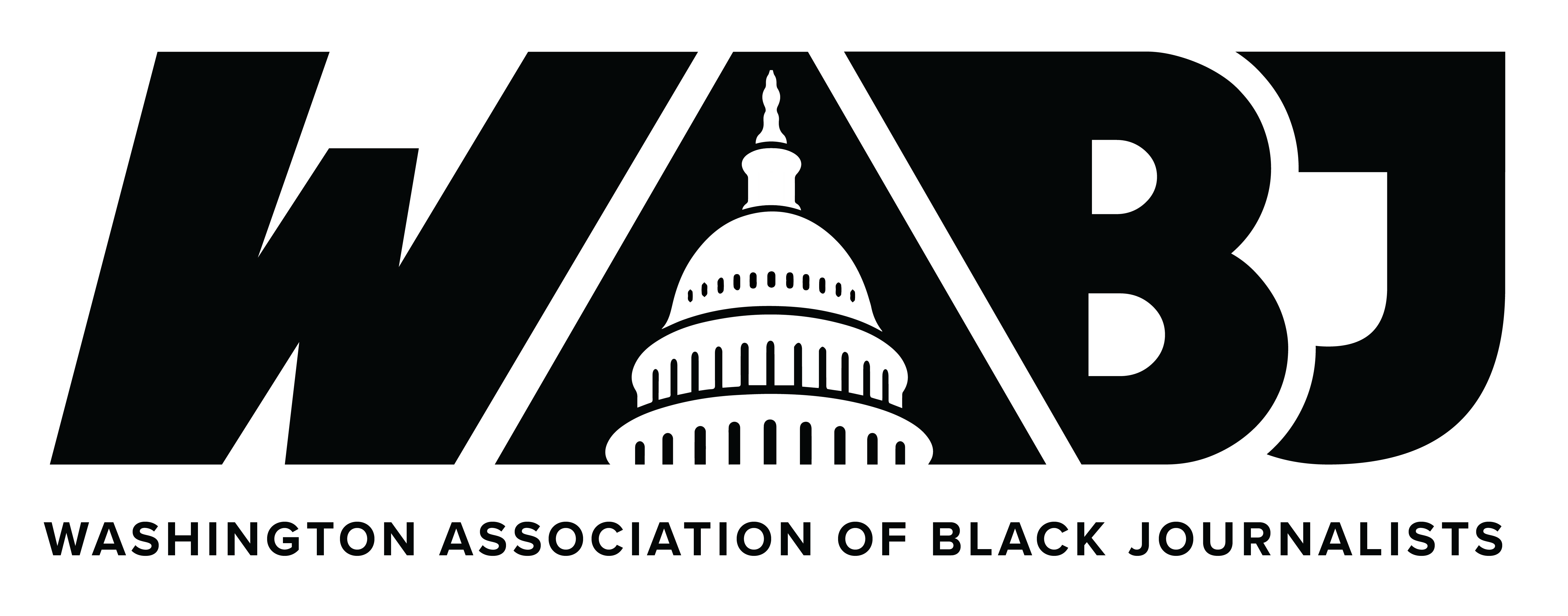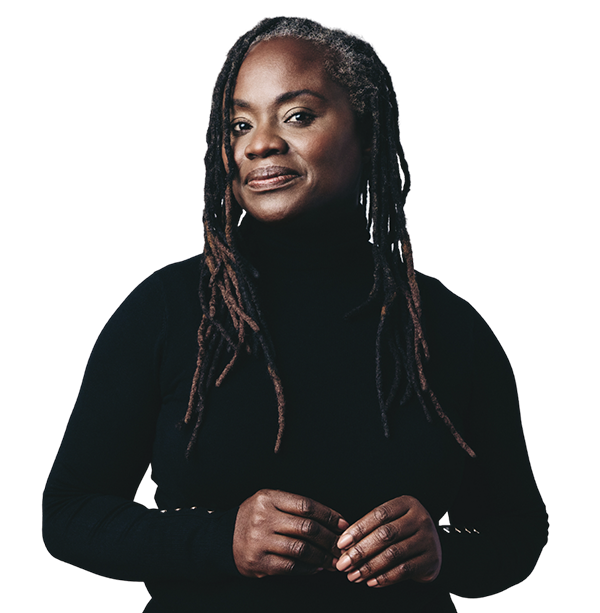Senior Courtney Edwards – From the Heart Christian School, Suitland, MD
Police Brutality
Hear the story
The advent of social media provides virtually instant access to events and happenings just about anywhere. As a result, more and more incidents of police brutality in the United States have been on display. Straight Up: Urban Voice senior Courtney Edwards of From the Heart Christian School in Suitland, Maryland reports that despite the plethora of negative images and stories involving law enforcement, not all police are demonstrating bad behavior.
In recent years police brutality has been a hot topic in the media. The Washington Post reports that 1 in 6 people were unarmed and two-thirds of the fatalities involved either African Americans or Hispanics. 12-year-old Tamir Rice of Cleveland, Ohio, 19-year-old Michael Brown of Ferguson, Missouri and 50-year-old Walter Scott of North Charleston, South Carolina, all African-American, were shot … 25-year-old Freddie Gray of Baltimore, Maryland also African-American, suffered a spinal cord injury and died while in police custody.. In Staten Island, New York another African-American, 43-year-old Eric Garner was choked … and the list goes on … but the public is less familiar with how the police are affected by each of these situations.
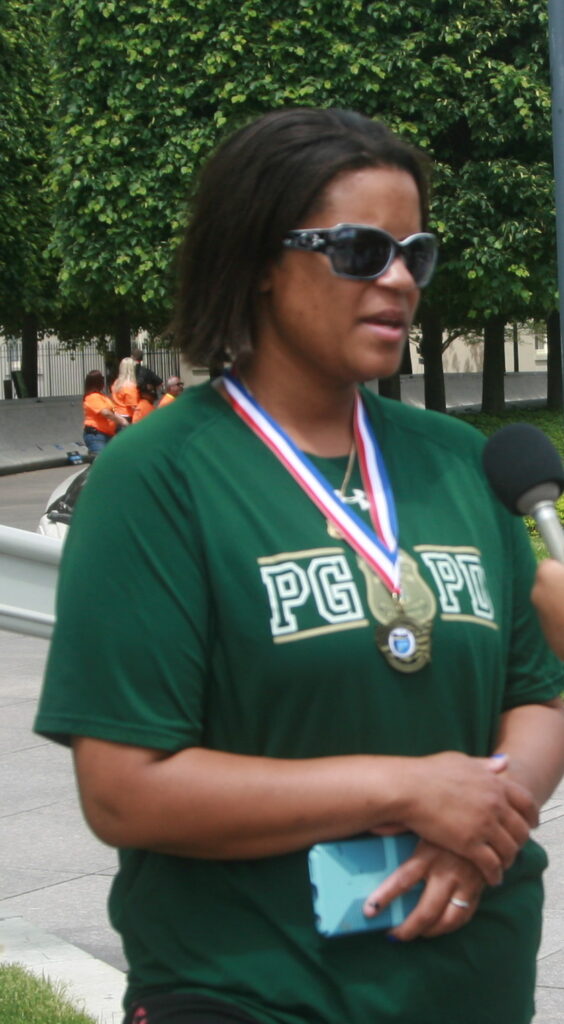 United for Blue Vice President and Co-Founder Bobbie Padget
United for Blue Vice President and Co-Founder Bobbie Padget
“We grieve we feel, we get upset, we cry. You know it’s not just the family that suffers. You were raised not to take a life. Your parents, the Bible don’t take a life, yet you’ve had to take someone’s life. That’s something that never goes away.”
Bobbie Padget is the Co-founder and Vice President of United for Blue and the wife of a Prince Georges County policeman. She notes most officers follow the law…
“There are over 900,000 police officers in this country. They don’t want bad officers any more than we as citizens want bad officers. They want them in jail just as much as you know anyone else.”
United for Blue, works to bridge the gap between communities and police.
“One of the things that we’ve done is a thank you card program which is we want citizens and we want students in school to send thank you notes to the officers so that we can show all these officers they are cared for and appreciated.”
Because police work can be dangerous. On occasion, officers risk their lives, often times for strangers. “Officer Down Memorial Page” reports 54 police deaths in the line of duty so far this year.
“Our job is to protect and serve the community.”
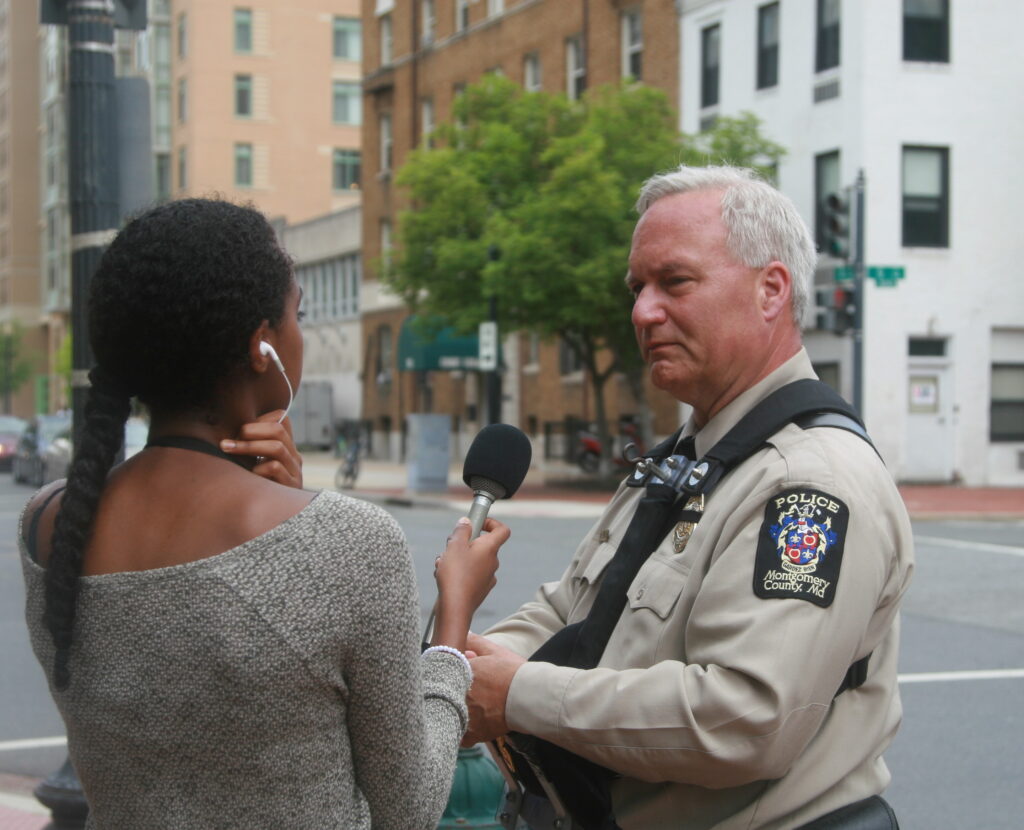 Montgomery County Police Department Detective William Peacock
Montgomery County Police Department Detective William Peacock
Montgomery County Maryland Police Department detective William Peacock explains his take on how the media has influenced the public’s reactions to police brutality.
“I believe the media has gone overboard and their interpretations of the events that are going on and in many cases they’ve actually helped to fuel fires that were small and became just way out of proportion based on wrong information.”
Peacock adds the stories have influenced people’s opinions, and these opinions have helped to shape negative attitudes. The numerous incidents have contributed to many residents distrust of police.
“I would say that it’s going to be necessary that everybody takes time to meet with one another. Ok. And that, it’s not only the police going after the community, but the community can come on down to the police station and stop in and get to know their community police officers.”
Many citizens and law enforcement suggest the use of body cameras worn by police to help curb the violence.
President Obama Requests Funds for Police Body Cameras
Some police departments already have incorporated the technology. It is yet to be seen if President Obama’s proposal will be implemented nationwide.
